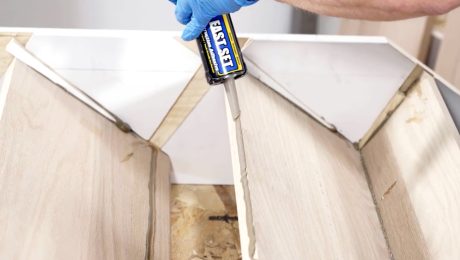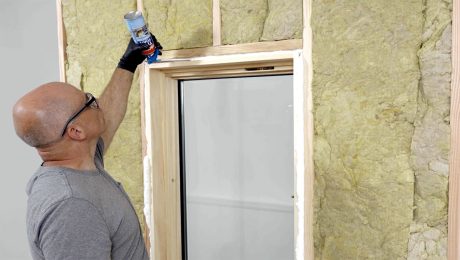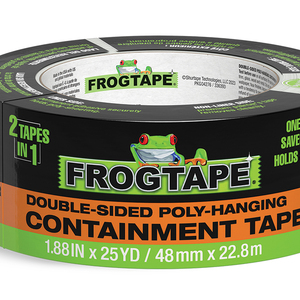How to Stain Pine
The key to an even finish is to start with a coat of polyurethane to seal the surface.
Pine is one wood that tends to absorb stains unevenly, but achieving even coloring when staining pine is easy to accomplish with a few simple steps.
Here’s what you will need:
- Wipe-on polyurethane
- Several clean rags
- Oil-based gel stain in your desired color
- A few pieces of very fine (320- or 400-grit) sandpaper
Here’s how to do it:
1. Use a rag to apply a thin, even coat of wipe-on-polyurethane to the surface of the wood and allow to dry.
2. Lightly sand the entire surface of the wood with 320- or 400-grit sandpaper, just enough to break the sheen and smooth out any high spots.
3. Apply a second coat of polyurethane.
4. Once dry, use a small rag to apply an oil-based gel stain. Apply perpendicular to the grain, then switch to a circular motion to fully work it into the surface.
5. Once the surface is completely covered, allow the applied stain to rest for 2 to 5 minutes, then use a clean rag to wipe off excess stain, and allow it to dry completely.
For a darker finish, apply subsequent coats until the desired color is achieved; ours took two coats.
To protect the finish, use a brush or rag to apply one or more finish coats of wipe-on polyurethane.






























View Comments
Why would you use poly and a gel stain instead of a pre-stain conditioner?
Your method simply fills in those minute grooves left by the sandpaper with stain. Use the proper product which is readily available. (What? You don't read that sister publication-- Fine Woodworking?)
Great technique
I was taught to use a couple of coats of clear shellac under my stain, do we think polyurethaning does a better job or do more people have it on hand.
It gets hot here in Nola. When painting with latex, the brush gets gummy fast.
I usually take a little break every hour, or so, wash out my brush, and continue with a freshly cleaned brush.
agree with Albany chris, use a soft wood sealer then stain